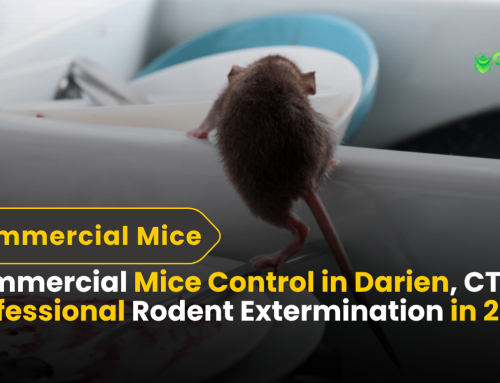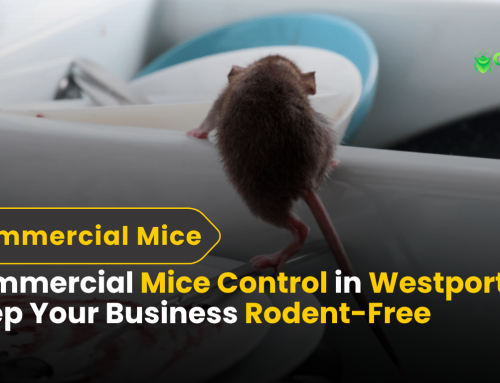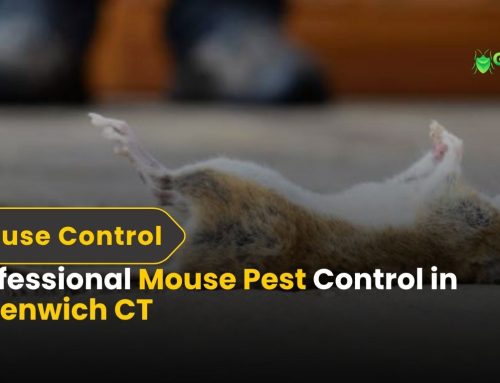Mice in Attic Removal Protect Your Home with Expert Services in 2025
Discovering mice in your attic can be alarming and stressful for any homeowner. These small rodents may seem harmless, but they can cause serious structural damage, contaminate stored items, and pose significant health risks. According to the Centers for Disease Control and Prevention (CDC), mice can carry diseases such as Hantavirus and Salmonella, which spread through droppings, urine, and contaminated surfaces.
Professional mice in attic removal services are the safest and most effective way to restore safety to your home. While DIY traps and repellents might offer temporary relief, experts ensure complete eradication and prevention of future infestations. This guide provides actionable tips, authority-backed prevention strategies, and expert insights to help homeowners tackle attic rodent problems comprehensively.
Mice are opportunistic and can enter attics through tiny gaps in your roofline, vents, chimneys, or even wiring penetrations. A single pair of mice can produce dozens of offspring within months, quickly turning a small problem into a full-blown infestation. Early detection and professional intervention are crucial to protecting your home, family, and peace of mind.
Signs You Have Mice in Your Attic
Recognizing early signs of infestation is key to effective mice in attic removal. Some common indicators include:
- Scratching or scurrying noises: Mice are nocturnal, so sounds of movement along insulation, rafters, or behind walls at night often indicate their presence.
- Droppings and urine stains: Small, dark pellets and yellowish urine spots in corners or along pathways signal active rodents.
- Gnaw marks: Mice chew on wood, wires, and plastic to keep their teeth trimmed. New or irregular damage along beams, furniture, or electrical wiring is a red flag.
- Musty odors: A persistent ammonia-like smell is common in attics with prolonged infestations.
- Nesting materials: Shredded paper, cardboard, or fabric tucked into hidden areas indicates active nesting.
Early vs Late Infestation Signs Table
|
Sign Type |
Early Infestation |
Late Infestation |
|
Noises |
Light scratching |
Constant, louder scurrying |
|
Droppings |
Scattered small pellets |
Large clusters throughout attic |
|
Damage |
Minor gnaw marks |
Chewed insulation, wires, structural damage |
|
Odor |
Slight musty smell |
Strong ammonia-like odor |
|
Nesting |
Small clumps |
Large nests, multiple locations |
Conduct monthly attic inspections, especially in winter when mice seek warmth. Early detection prevents severe damage and reduces the scope of removal required.
Why Professional mice in attic removal is Essential
While DIY traps and repellents might seem appealing, professional mice in attic removal offers several advantages:
- Health Safety: Mice can transmit Hantavirus, Salmonella, and Leptospirosis. Exposure to droppings or urine, even indirectly, can be harmful. Professionals use proper personal protective equipment (PPE) and safe cleaning agents to mitigate risks.
- Property Protection: Mice gnaw on wiring, insulation, and wooden structures. Electrical fires can result from exposed wires. Proper removal prevents further damage.
- Expertise & Tools: Certified pest control providers employ humane traps, electronic monitoring devices, exclusion techniques, and disinfectants for thorough eradication.
- Long-term Prevention: Professionals not only remove mice but also identify potential entry points and implement strategies to keep rodents from returning.
- Peace of Mind: Homeowners gain confidence knowing that infestation is fully handled, and preventive measures are in place.
According to Wikipedia on House Mouse (Mus musculus), these rodents can produce up to 5–10 litters per year, highlighting the urgency of professional intervention to prevent exponential population growth.
Professional mice in attic removal Methods
Expert teams use a combination of strategies tailored to each attic situation.
|
Method |
Description | Benefits |
Effectiveness |
|
Trapping |
Snap, live, or electronic traps in high-activity areas | Immediate removal |
High |
|
Baiting & Monitoring |
Safe rodenticides with continuous tracking | Complete eradication |
Medium-High |
|
Exclusion |
Sealing vents, gaps, chimneys, wiring penetrations | Prevents re-entry |
Very High |
|
Sanitization |
Cleaning droppings, nesting material, insulation | Reduces disease risk |
High |
|
Ultrasonic Devices |
Emits high-frequency sound | Repels mice temporarily |
Medium |
|
Integrated Pest Management (IPM) |
Combination of above with ongoing monitoring | Long-term solution |
Very High |
Step-by-Step Professional Removal Process
- Inspection & Assessment: Professionals identify entry points, nesting areas, and infestation size.
- Trapping & Baiting: Humane traps and strategic baits target active rodents.
- Exclusion: Entry points, vents, and gaps are sealed to prevent return.
- Sanitization & Cleanup: Droppings, nests, and insulation contamination are safely removed.
- Follow-Up & Prevention: Ongoing monitoring and preventive guidance are provided.
Example Case Study:
A homeowner in New Jersey detected droppings and gnaw marks. A professional team conducted a full mice in attic removal, sealed all gaps, installed traps, and sanitized the attic. Within a week, activity ceased. Six months later, follow-up inspection confirmed no recurrence, demonstrating the effectiveness of professional removal combined with preventive measures.
DIY Prevention Tips
Even after professional mice in attic removal, prevention is crucial. Follow these steps to maintain a rodent-free attic:
- Seal all gaps and cracks: Inspect the attic, roofline, vents, and around wiring. Mice can squeeze through openings as small as 1/4 inch.
- Store food securely: Use airtight containers for pet food, birdseed, or pantry items.
- Trim vegetation: Maintain a 12–18 inch clearance around your home to reduce rodent access.
- Regular inspections: Conduct monthly checks to detect early signs.
- Proper attic insulation: Use rodent-resistant materials and avoid loose insulation.
- Moisture control: Fix leaks and prevent damp conditions, which attract mice.
- Remove clutter: Reduces nesting opportunities in hidden corners.
- Secure garbage bins: Ensure lids are tight and bins are away from the home.
- Install chimney caps and vent screens: Prevent rodents from entering through vertical openings.
Extended Checklist for Rodent-Free Attic:
- Inspect attic monthly
- Seal gaps >1/4 inch
- Store food in airtight containers
- Trim trees and shrubs near the home
- Keep attic insulation rodent-resistant
- Remove clutter and potential nesting materials
- Maintain proper ventilation and moisture control
- Use rodent-proof garbage bins
- Install chimney caps and vent screens
- Schedule annual professional inspection
Seasonal Tip: Mice seek warmth in winter and food in summer. Pay attention to attic insulation and entry points throughout the year.
Additional Case Study
A suburban homeowner in California noticed chewed electrical wiring and droppings in a partially finished attic. They hired a mice in attic removal service that implemented exclusion methods, replaced damaged insulation, and provided long-term monitoring. Within two weeks, all signs of activity were gone. The professional team also recommended regular attic inspections, creating a preventive routine that prevented recurrence even during colder months when mice typically invade attics.
FAQs About Mice in Attic Removal
How can I tell if I have mice in my attic?
Look for droppings, gnaw marks, musty odors, scratching noises, and nesting material. Early detection is critical to prevent damage and infestation growth.
Are professional mice in attic removal services safe for pets?
Yes. Certified providers use pet-safe traps, controlled rodenticides, and sanitization techniques to protect your pets and family.
How long does mice in attic removalmice in attic removal take?
The duration depends on infestation severity and attic accessibility. Professionals ensure complete removal and preventive measures for lasting results.
Can mice damage my electrical system?
Yes. Chewing wires can cause shorts or even fire hazards. Professional removal mitigates these risks by safely eliminating mice and repairing damaged wiring.
What materials do mice prefer for nesting?
Mice favor insulation, shredded paper, cardboard, fabric, and even stored food. Professionals remove and replace contaminated materials for safety.
Can I prevent mice from returning after removal?
Yes. Seal entry points, maintain clean storage, inspect regularly, and follow professional guidance to dramatically reduce recurrence risk.
Conclusion
Mice in your attic are more than just a nuisance—they are a health risk and can cause significant property damage. Professional mice in attic removal services offer safe, efficient, and comprehensive solutions. By combining trapping, exclusion, sanitization, and long-term preventive strategies, experts ensure that your home remains rodent-free.
Take action today. Protect your home and family by contacting our professional pest control team for effective mice removal and preventive measures. Don’t wait for an infestation to worsen—professional intervention ensures peace of mind and a safe, clean attic.










